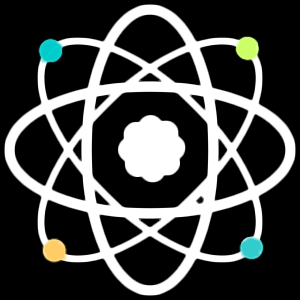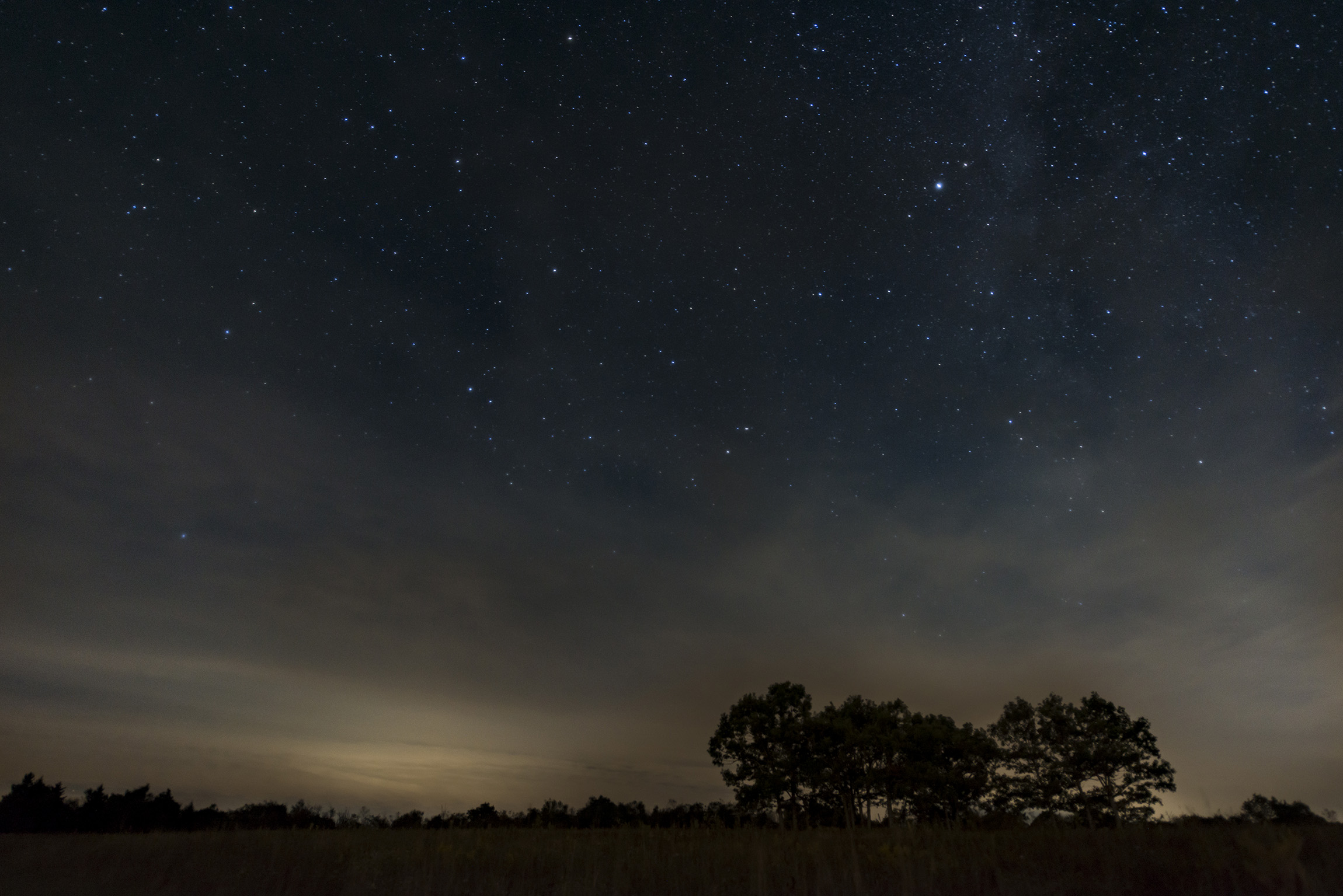NASA’s GREAT OBSERVATORIES
Astronomy and cosmology have advanced immeasurably due to five magnificent NASA space telescopes. NASA uses the term “Great Observatories” to refer specifically to four space telescopes named after famous scientist: Hubble, Compton, Chandra, and Spitzer. We will add a fifth satellite, the Wilkinson Microwave Anisotropy Probe (WMAP), to this impressive list of NASA accomplishments.
The largest telescope are ground-based; they are simply too enormous to launch into space. The largest of all are radio telescope, including the two behemoths: Arecibo and VLA. The VLA (very large Array) in New Mexico has 27 separate dishes, each 82 feet in diameter. Since radio waves easily penetrate our atmosphere (just turn on a radio to hear proof), there is little need for radio telescopes in space. The largest optical telescopes are the twin 31-foot-diameter Keck telescopes operated by Caltech atop Mauna Kea on the Big Island of Hawaii. For many applications, nothing beats the light-collecting power of a big mirror. Because of this, cutting edge research will always continue on ground-based telescopes, and bigger and better telescopes are always being planned.
But for many imaging applications, our atmosphere is an obstacle. Absorption, turbulence, and interference distort images, degrade resolution, and reduce sensitivity. Our atmosphere protects us from radiation and is convenient for breathing, but it also prevents ground-based observers from seeing celestial sources such as gamma ray emitters. The best place to observe the cosmos is often from space itself. In the 1980s, NASA initiated its great Observatory program to launch an array of satellites with unprecedented resolution over the broadest range of wavelengths.
Before Galileo, astronomy was done solely with human eyes that can resolve angles of about 1/50th of a degree. This means if two light bulbs are placed a foot apart, we would see two separate lights only if we are within 3000 feet. Farther away, the angle between the bulbs would be too small and we would see only a single, fuzzy spot of light. The moon covers an angle of ½ degree in the sky. As this is 25 times over visual resolution, our eyes see the Moon with 25*25=625 picture elements (pixels). If your TV’s resolution was that poor, you would turn it off and read a book.
When Galileo became the first to see the heavens through a telescope, he was able to resolve much smaller angles and see 600 times more detail. He realized the Moon is a world of its own, not just a disk in the sky. He saw shadows on the Moon cast by its own mountains. Galileo was the first to see the moons of Jupiter and saw they are orbiting Jupiter and not Earth. This was the first indisputable proof that the geocentric theory of the cosmos was wrong-everything does not, in fact, revolve around Earth.
Over the next 400 years, steady progress was made with ever larger, Earth-based telescopes, The Hubble Space Telescope made all these improvements seem modest indeed. That is, after it was repaired. As launched in 1990, Hubble’s main mirror had been ground improperly and its vision was blurry. During a special NASA Space Shuttle mission in 1993, astronauts installed a correcting lens made by the Jet Propulsion Laboratory (JPL), which is operated for NASA by Caltech. It worked admirably well. With continuing improvements, Hubble’s resolution is about 1/70,000th of a degree, providing several million times more detail than can be seen by eye.
Color Plate 21 is an image taken by the Hubble Space Telescope commemorating its 100,000th orbit.
Compton Gamma Ray Observatory (CGRO)
But one telescope is not enough. Every telescope sees a certain range of wavelengths; none detects every wavelength. Hubble observes from the near-ultraviolet, through the visible, to the near-infrared. The Compton Gamma Ray Observatory (CGRO) was launched in 1991 to observe the very high-energy end of the spectrum, as its name implies. Unfortunately, CGRO had a gyroscope failure and was ‘de-orbited’ in 2000. NASA replaced it in 2008 with the Fermi Gamma-ray Space Telescope (FGST) that has far greater capabilities than CGRO.
Fermi Gamma-ray Space Telescope (FGST)
The Chandra X-Ray Observatory, launched in 1999, observes primarily low-energy x-rays, and the Spitzer Space Telescope, launched in 2003, observes the infrared portion of the spectrum. WMAP was launched in 2001 to observe the Cosmic Microwave Background (CMB) radiation and has achieved spectacular success. Thus NASA’s space telescopes cover the spectrum of light from gamma rays down through microwaves. Coupled with ground-based radio telescopes, we can now observe essentially all wavelengths.
Cosmic Microwave Background (CMB)
SALONI BHATNAGAR

